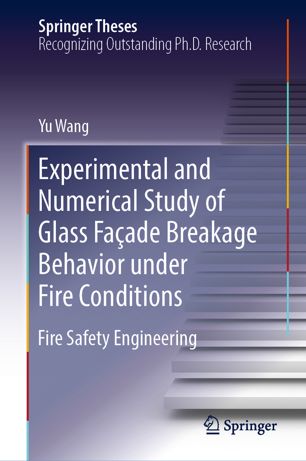

Most ebook files are in PDF format, so you can easily read them using various software such as Foxit Reader or directly on the Google Chrome browser.
Some ebook files are released by publishers in other formats such as .awz, .mobi, .epub, .fb2, etc. You may need to install specific software to read these formats on mobile/PC, such as Calibre.
Please read the tutorial at this link: https://ebookbell.com/faq
We offer FREE conversion to the popular formats you request; however, this may take some time. Therefore, right after payment, please email us, and we will try to provide the service as quickly as possible.
For some exceptional file formats or broken links (if any), please refrain from opening any disputes. Instead, email us first, and we will try to assist within a maximum of 6 hours.
EbookBell Team

4.0
76 reviewsThis book presents the comprehensive results of experimental and numerical investigations of glass façade breakage behavior under fire conditions. First of all, full-scale frame and point-supported glass façades, incorporating single, double and coated glazing, were tested under pool fire conductions. The results determined the effects of different glass frames, types of glass, and thermal shocks on breakage behavior. Small-scale tests, using the Material Testing System (MTS) 810, Netzsch Dilatometer and FE-SEM, were also performed at different temperatures to determine the basic mechanical properties of glazing.
In addition, a three-dimensional dynamic model was developed to predict stress distribution, crack initiation and propagation, and has since been employed to identify the breakage mechanisms of different types of glass façade. The numerical results showed very good agreement with the experimental results and verified the model’s ability to accurately predict breakage. Lastly, a theoretical model based on incident heat flux was developed to predict the breakage time and heat transfer in glazing, which served to reveal the nature of interactions between fire and glass.